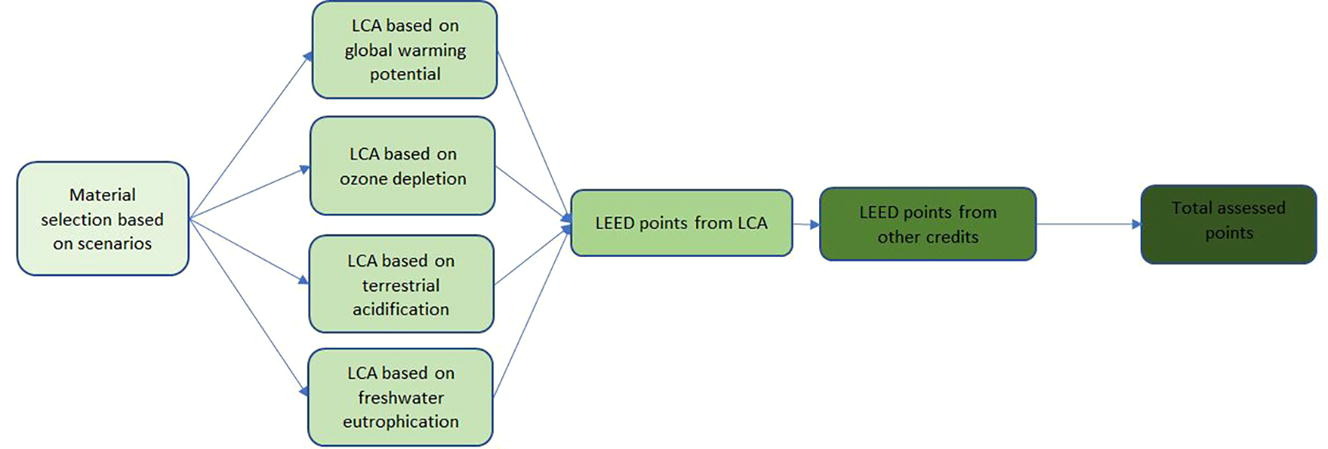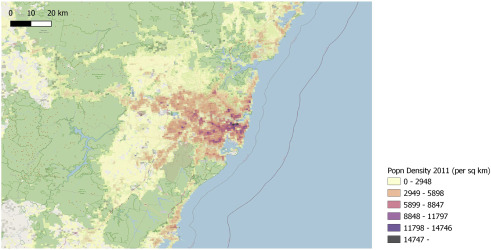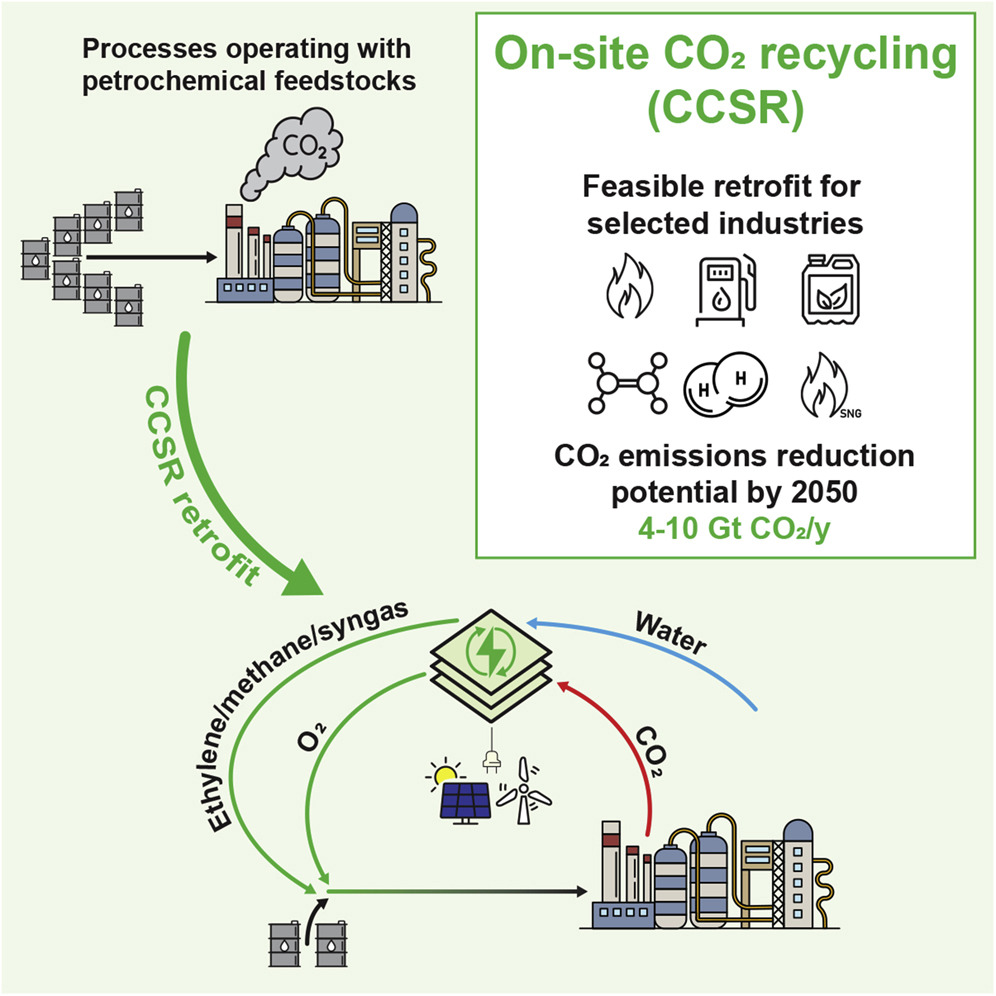Carbon capture and storage can help achieve the sustainable development goals. It is a key enabler of goal 13 relating to combating climate change. It also enables provision of affordable energy and decarbonisation of industry. The capturing process has both positive and negative interactions with most sustainability goals.
This cross-sectional study examined whether levels of soluble Aβ42 are higher in amyloid-positive normal cognition (NC) individuals compared to mild cognitive impairment (MCI) and Alzheimer's disease.
The pre-use stage (construction) emissions of buildings occur in a short time. Wooden buildings seem to emit less compared to concrete ones in pre-use stage according to LCA. Green building certificates need to consider embodied emissions more exhaustively.
The plights of Internally Displaced Persons (IDPs), including hunger, rape, insecurity, and death, have assumed a frightening dimension in North-eastern Nigeria with the sustained intervention of the National Emergency Management Agency (NEMA) to ameliorate their sufferings. This paper aimed to assess the response capacity of NEMA to the plights of the IDPs in North-eastern Nigeria.
This content aligns with Goal 3: Good Health as well as Goal 10: Reduced Inequalities by examining Central Nervous System pathogens that can cause AIDS.
An epidemic of any infectious disease with significant social and health impacts is a major challenge for a large city. Smallpox is an exemplar pathogen that has the capacity to cause catastrophic impacts on cities
The chemical industry needs to significantly decrease carbon dioxide (CO2) emissions in order to meet the 2050 carbon neutrality goal. Utilization of CO2 as a chemical feedstock for bulk products is a promising way to mitigate industrial emissions; however, CO2-based manufacturing is currently not competitive with the established petrochemical methods and its deployment requires creation of a new value chain.
This chapter aligns with Goal 14: Life Below Water and Goal 13: Climate Action by highlighting how past marine ecosystem changes can improve our understanding of future climactic and chemical conditions of global oceans.
This book chapter advances SDG 14 by explaining how ocean currents further influence climate via freshwater transports that influence dense water formation at high latitudes. Under a warming climate and an intensifying hydrological cycle, ocean currents convey salinity anomalies that could destabilize the circulation.
In this webinar, panelists explore the “state of the union” of the Rule of Law in the UK and consider what can be done to drive public attention and protection. They also discuss whether the Law requires a rebrand, whether it is seen in the same light by all people, and what (or who) might drive the change sought. This webinar contributes to SDG 16.



